For months, I had eagerly anticipated my journey halfway across the world to New Zealand. The country had always held a particular allure, fuelled by childhood stories from my parents whose friends had migrated to these islands some 40 or 50 years ago. With a spare afternoon during my exploration of Auckland by foot, I decided it would be an interesting adventure to step inside the local Church of Scientology, or “org.” In the UK, such an opportunity would likely be out of reach for me, given my status as a “Suppressive Person” within Scientology’s terminology. This visit, therefore, offered a rare chance to see an organisation often shrouded in mystery.
L. Ron Hubbard, the founder of Scientology, reportedly recommended that orgs be established in areas with high foot traffic. However, the Auckland org certainly deviates from this advice. Perched atop a hill, it sits outside the city’s central business district, adjacent to an overpass for NZ State Highway 1. Being about a kilometre from Auckland Hospital, most passersby likely have more pressing concerns when in the area than contemplating a visit to this distinctive red-brick and limestone building.
As I stepped through the large double doors, a smiling 71-year-old woman named Judith greeted me. I later learned that Judith had been a Scientologist since her early twenties, having discovered the organisation and its perceived benefits through a Scientologist she was dating at the time. When she asked how she could help, I explained that I had recently signed up for a course in my hometown and wanted to check out the Auckland org while in the city. She seemed pleased by this and welcomed me to sign in to the visitor book at reception.
I was the fifth person to sign in that day, and Judith was one of the others. Given that it was 3 PM when I arrived, I assumed Saturday must have been a slow day. All visitors to the org are required to sign this book. If I was the fifth person to sign in that day, and the rest likely staff, it suggests that very few members of the public actually step through these doors on a typical day.
Judith then extended an invitation to tour not just the public information centre, but the entire org itself, offering me a rare glimpse into the facilities the Auckland Org had to offer—an honour I imagined most casual visitors would not be afforded.
Our tour began with the history of the building, detailed on a display near reception. Originally a training college for Methodist Church ministers, built in 1929, the site was extensively renovated by the Church of Scientology in the 2010s and was officially opened by David Miscavige in 2017. I later discovered that the historical status of the building had been lauded by the Church of Scientology in its “Destination: Scientology – Auckland” program. The renovation of this listed building was, according to Judith, a notable feat, apparently acquired on a whim after the Church was given just 48 hours to accept or reject an offer for it.
Interestingly, New Zealand was home to the second Church of Scientology established in the world. Judith explained that although L. Ron Hubbard himself had not visited, a pilot from Air New Zealand (then TEAL) had purchased a copy of Dianetics in the 1950s and subsequently initiated one of the earliest missions. One can only wonder how differently things might have unfolded if he hadn’t bought that copy back in those early days!
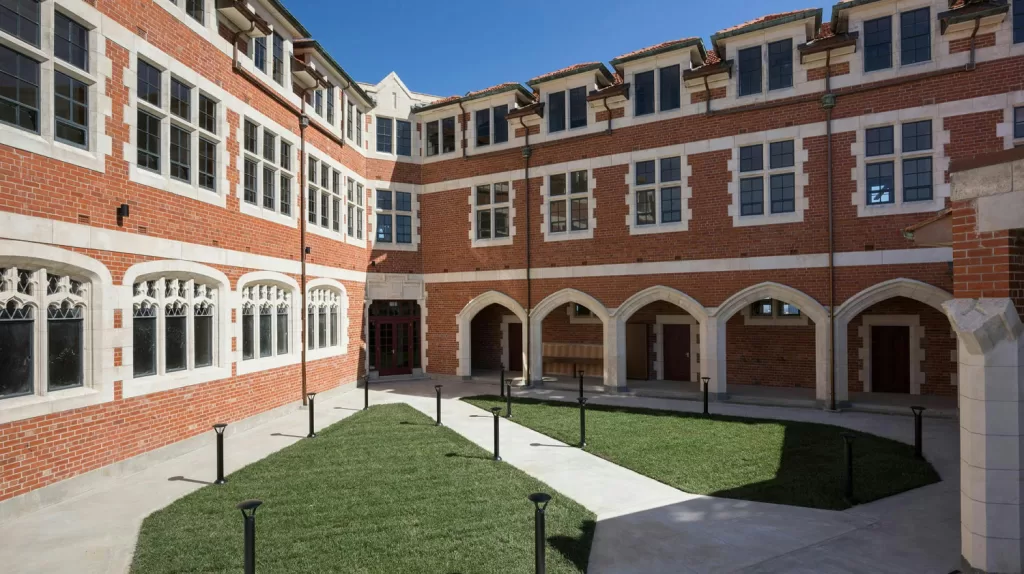
From the reception area, we walked across a small courtyard to L. Ron Hubbard’s office and the test centre. His office door stood open, symbolically ready to greet him upon his return. It was themed for the country, adorned with Māori art and native plants.
During this walk, I remarked, “So you have three floors here—quite a lot of space.”
Judith replied, “Yeah, we’ve got more than we are using at the moment. We’re wanting to recruit more people, train up more staff, supervisors, and so on—so we have more rooms than we are currently using.” This echoed my earlier observation about the apparent lack of public traffic.
Inside the test centre, several desks were set up for personality tests, accompanied by various materials available for sale. Judith showed me “Study Tech” materials, which she claimed had led to “enormous” improvements for individuals who had hit a wall in their courses. “Lots of adults run into stuff, and then they do this because they find that their study goes so much better when they know how to use grammar,” she stated. Posters on the walls displayed dramatic “before and after” results of courses taken after personality tests. However, the testing room itself looked untouched, with spotless desks and empty waste paper bins, suggesting it hadn’t seen much use recently.
We paused to examine a poster of “the Bridge,” where Judith explained the different courses on offer and where “Study Tech” fits in. She then asked, “Have you heard anything about the purif?”
“I’ve heard things about it; it’s like running and stuff,” I replied.
“Yeah, basically it gets all the drugs and toxins out of the body,” she elaborated. “So we don’t take people off drugs, but everybody’s been exposed to medical drugs or street drugs, toxins in food, preservatives, radiation, glues, household cleaners—all sorts of things! And they can make you feel quite wooden.”
“Does that mean that the purif—that detox—is meant to be able to help you study properly?” I asked.
“Not only to study, but to live life more alive,” she affirmed. “Your perceptions are clearer, you have more energy, you don’t have foggy thinking. Because those things can get restimulated. If you have drugs or toxins in your body, they can turn on again.”
I probed further, “Would you do the Purification Rundown multiple times as you study? So you might do it here, but then once you’re onto Grade Three, you might redo it again just to make sure?”
“Not generally, but over a lifetime, I am 71 so I have done it twice,” she answered. “I did it when it first came out, so I did it in 1980 and I was in the second batch doing it in New Zealand, and it was like—you know—we had no experience. We didn’t have standard vitamins; we had to run around, trying to source things, trying to get the right dosage. It was all very new and nobody had any experience of it. Now it is completely standardised, and we get all our vitamins supply from one place. So that’s another part of my job.”
“Oh cool—so you have the facilities here?” I asked.
“Yes—I’ll show you!” she said enthusiastically.
This was a win—a chance to see where the “magic” happened. However, it was also sad to hear her genuine belief in what many consider pseudoscience. As we walked out, I inquired about the layout of the room and the desks, with computers displaying the org’s logo as a screensaver.
“We’ve got a little course room down there, but we are not using that at the moment, because we haven’t got enough supervisors. So we’ve got everybody upstairs where we’ve got our academy.”
“So how many staff do you have here then?” I asked.
“Umm, not a lot—we’ve got day and foundation. Day until six o’clock Monday to Friday, then we are here in the evenings and weekends during the day.” This was a polite way to avoid giving a direct number, something I would become accustomed to when asking about figures later in the tour.
Next on our tour was the bookshop, a short walk across the courtyard. It was a large room, originally a library, that had been renovated and maintained as part of the heritage works. Along the long, original bookshelves were hundreds of copies of Scientology books. It felt strange to see these reams of Scientology materials, with artwork and covers that looked like they were from the 90s, juxtaposed with bookcases that had seen many decades of use. Beautiful jewellery was kept in a display case, along with a pamphlet of prices for Clear bracelets, earrings, car badges, and more. The blend of old and new struck me most in this room.
I inquired about whether a Sunday Service ran. “No, it’s part of the church to do that,” she replied. “But yeah, we need more people to have that as a function every Sunday. But we do all the naming ceremonies; we had a wedding last weekend.” Apparently, two parishioners had formalised their marriage abroad but wanted to have a Scientology ceremony in the country.
On the wall was a picture of Flag, Scientology’s headquarters in Clearwater, Florida. “Do you know about Florida?” she asked.
“Clearwater, right? Have you been?”
“I have. I spent six months and then another two months doing my auditor training.”
“Oh, to go Ideal here?”
“Yup—back the day before we opened.”
“Then I just spent three months: December, January, February over there. Went back to do some more.”
We continued talking about the different services available at Flag and what Auckland offers as a Class V Org. Judith explained that this is where someone can go up to Clear, or become a New Era Dianetics Case Completion.
“Do you know about David Miscavige, Chairman of the Board?” Judith asked.
“Yes,” I replied.
“He took on this absolutely phenomenal project, locating everything that LRH had written or spoken on lectures, including personal letters to people, advices to people; there was a great big archive project that went all across the world, especially to places like Australia, Melbourne—he actually lectured in Melbourne, that’s as close as he got to us—”
“So he didn’t visit New Zealand, then?”
“No, but he sent people over. People had letters and things from LRH in their attics and basements. So David Miscavige went through it in chronological order. A lot of the books, where people had done editing and publishing and so on, had done their own editing and had put their own things in there and so on, so all that sort of thing got corrected, because he was cross-referencing. So all of that had gone through, lectures and that sort of thing, all that’s been corrected… because people had been around a while and had struggled with certain things, so it helped them cut through all the crap!”
“And now we have all the execs being trained, we have a whole team of people from every org around the world at Flag, training as execs on all his exec policies and systems, and the way the organising board is laid out and how the org should operate. I’d been the Executive Director here for 6 years back in the early 2000s, and my training was minuscule in comparison, so they are doing the full study, so we actually have the orgs how LRH wanted.”
“This might be a stupid question, but are there people who will restudy what LRH has done to develop it further?”
“No, they will just use it as it is. The things that will develop, well now we have our own TV network, and the technology of the meters—there were things that he wanted but that were not available yet.”
We looked at an e-meter. Judith mentioned that she doesn’t own one herself, but has one in her auditing room to use. I asked how much they cost at the moment:
“I’m not sure…” she said as she flicked through a pricing guide.
“I think this one costs around $7000 NZD (approx. £3000).” A lot for what is essentially a few basic electrical components in a plastic case, I thought.

I spotted copies of an IAS notice on a side cabinet.
“So the IAS is an event, right?” I asked, knowing about the organisation and its membership, but using this as a chance to ask if Judith had ever been to the IAS event in Sussex.
“So Scientologists around the world become members, and they contribute to different projects, like the ‘Drug-Free World’ campaigns and so on, so they fund those things. [At the IAS Event] people who have done stellar things out in the world, using LRH’s technology to change conditions in society, they are put up for Freedom Medals.”
“What have people won Freedom Medals for?”
“For getting The Way to Happiness and ‘Drug-Free World’ programmes into the prison system in Indonesia, for instance. A lady who did that just came and visited us recently. She lives over in Sydney and came over a couple of weeks ago.”
We made our way to the top floor, where there was a long corridor of rooms set aside for different uses. Behind the first six or so doors were rooms used for different courses. In the first, I was taken aback: “Oh crikey, there’s a doll there!”
“We use a doll sometimes to be the person who is being audited, when you are practicing, so you drill something—what we say in the session.”
I had seen these on other tours of orgs, but it surprised me nevertheless. Most tables had dishes that looked like ashtrays filled with props to use for modeling on low-level courses. In one, there was a large logo of Alice and the Mad Hatter (of Wonderland fame) on the wall. I inquired why that was, and was told that excerpts from the novel were often used as part of the training, due to the ludicrous and incomprehensible language.
“So how many people do you have on course at the moment?” I asked as we were walking through.
“Ahh, it uhh, I don’t know.” She hesitated. “I’m not sure how many are in there at the moment, but yeah, there’s certainly room for more!” Again, a polite way to avoid the answer, I guess, another subtle indication of their guarded approach to numbers.
Judith showed me some auditing rooms—there were sixteen in total—the first of which was hers. There was nobody in session whilst we were there. The room was basic with a red e-meter on the table and some basic stationery off to the side of the desk. As with the test centre, there was no evidence of recent use, but perhaps it was just meticulously tidy.
Next, we headed to the Purification Centre, an area dedicated to the Purification Rundown—the course you take at the beginning of your Scientology journey where you are required to run on a treadmill and sit in a sauna for hours after taking potentially dangerous levels of supplements such as Magnesium (in high levels risking kidney failure) and Niacin (known to increase the risk of heart attacks and strokes), to detox your body for the next stage of training. The inside of the sauna looked new, the treadmills looked barely worn, despite being there since the renovation was finished in 2017.
When discussing how it worked, Judith told me how the process can help remove radiation. Seeing so many signs still from the “Stay Well” anti-Covid campaign and bottles of hand sanitizer still on the sideboards, I asked if the purif would help with Covid.
“Well, I don’t know if it would run out the vaccine… I mean any certain chemicals in the vaccine could be run out definitely.” That wasn’t the answer I was expecting, but what this confirmed was how the anti-vax movement appears to be popular amongst Scientologists.
She described how one man who had been in the Vietnam War had used the purif at their church, and it had helped remove the effects of Agent Orange on his body. Judith told me that they use the purif in Vietnam in the modern day to do the same thing. Whether that is truly the case, I doubt it.
On the walls were three photographs of people holding certificates for basic courses, each describing the “wins” they had experienced as a result of their study. How recently these pictures were taken, I couldn’t work out. But given the Covid warnings were still on display around the building, I doubt anyone had updated what was on the noticeboards for a while too.
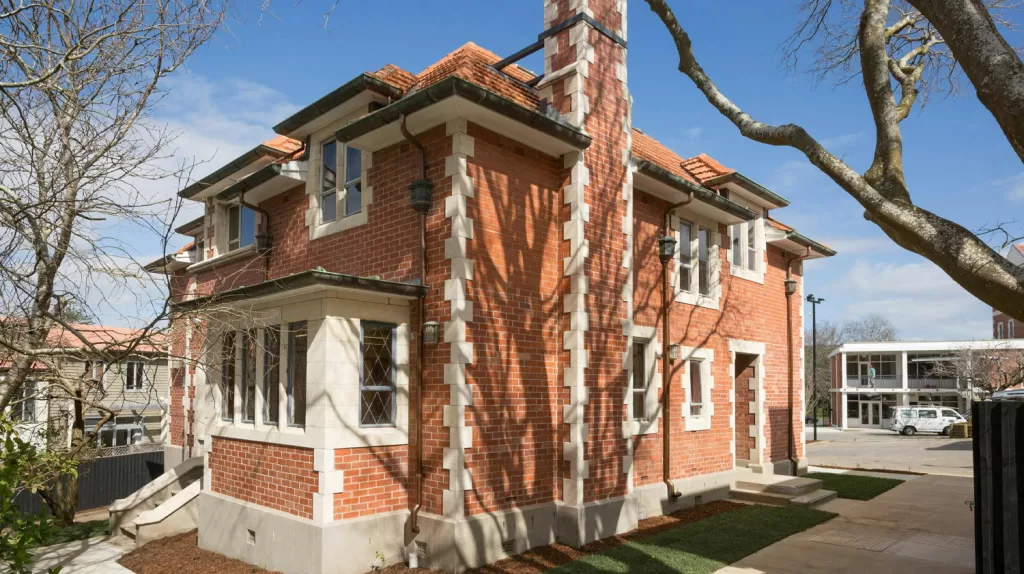
Finally, Judith was keen to show me the chapel in a building off to the side of the car park. When walking there, she called out to another staff member for the keys.
We also bumped into someone else. I noticed that in the car park there was a camper van. It turned out that this person was staying in the camper van along with her toddler whilst on course at the org. From all the interactions I had that day—the photographs by the purification centre and this was the only tangible evidence I had of anybody actually receiving Scientology services at the org. Only this woman seemed to be currently on course.
The chapel was a quaint renovation of the original chapel for the Methodist church, adorned with the Scientology Creed along its walls, bordered with New Zealand fern decals. A bust of Hubbard stood beside a podium at the front. Judith took pride in showing me this chapel—a place which obviously meant a lot to her.
When leaving, I had to ask: “So how many people are Scientologists in New Zealand?”
“Uhh well, I know we are in the hundreds. We have got over a thousand people who have done some sort of Scientology.”
“So how many Scientologists do you think there are around the world?”
“Ooh—millions, I would say. But the largest number of Scientologists is currently in the LA area; and there’s a big community, of course, in Clearwater, and there’s a bunch of people who are moving to Clearwater so that we can have basically a small city of Scientologists, basically.” At this point, Judith showed me a picture of her daughter and grandchildren. With pride, she explained how her teenage grandchildren were studying Scientology, one just finished the Student Hat, and now has moved on to doing the professional TRs course.
My tour concluded with Judith offering me her email, keen to hear about how I got on back in the UK.
The Auckland org, like Scientology itself, presents a carefully curated image. While Judith was incredibly welcoming and provided a fascinating insight into her personal beliefs and the history of the building, the tour consistently revealed an organisation that felt under-utilised and guarded about its true membership numbers. From the isolated location to the empty rooms and the evasive answers, the visit offered a rare, albeit controlled, glimpse into the realities of a secretive organisation, shedding light on the disconnect between its public claims and its apparent operational scale in New Zealand. It reinforced the notion that despite its global aspirations, Scientology in Auckland appears to be a smaller, more insular community than its public image suggests, relying heavily on the dedication of a few long-standing members like Judith.

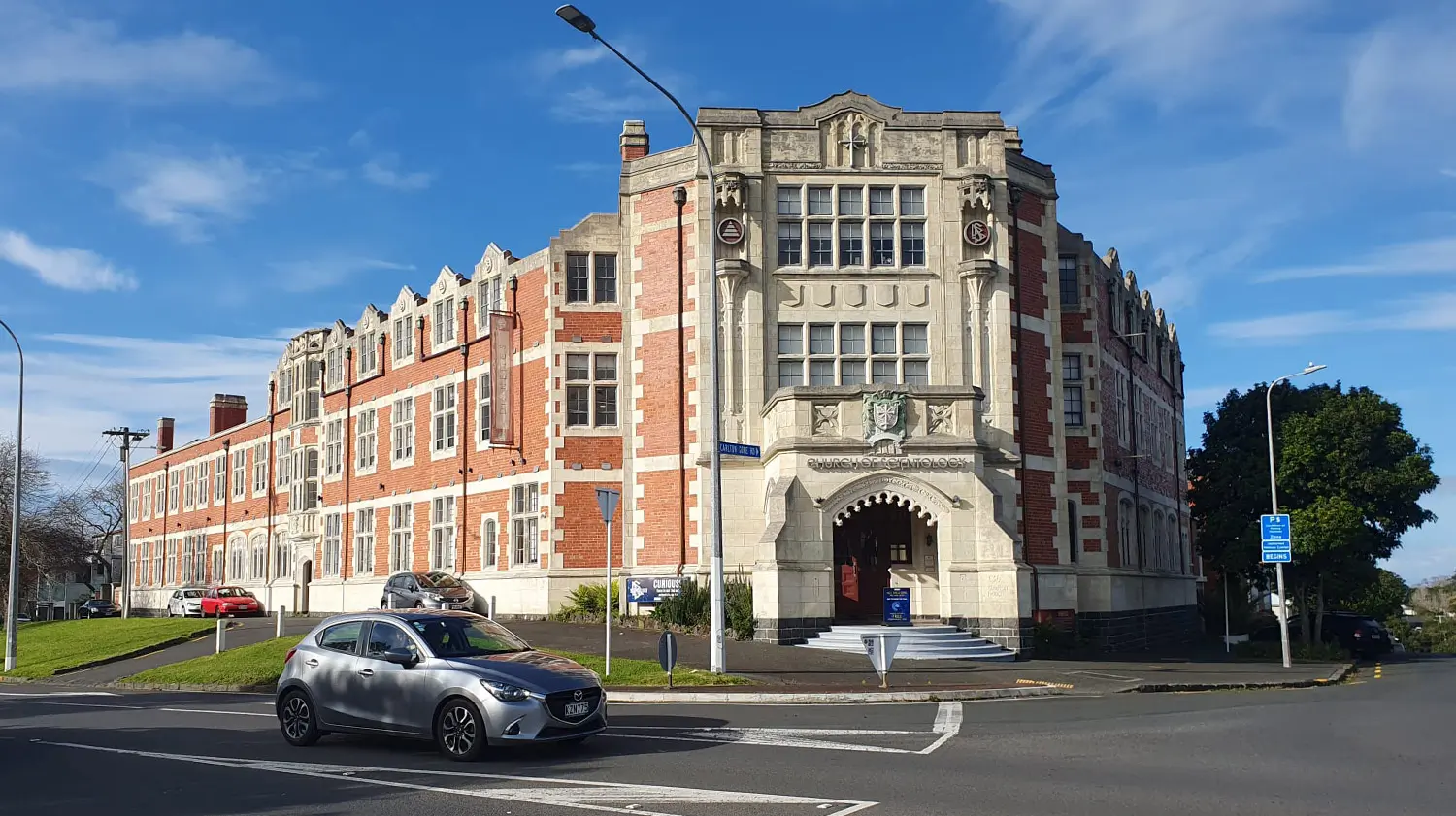
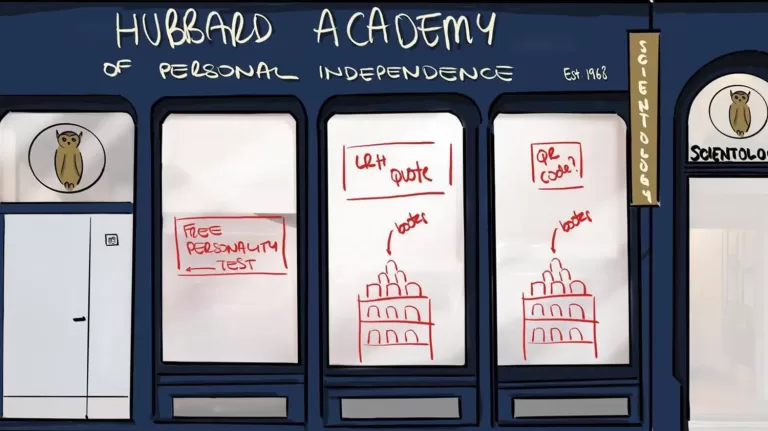
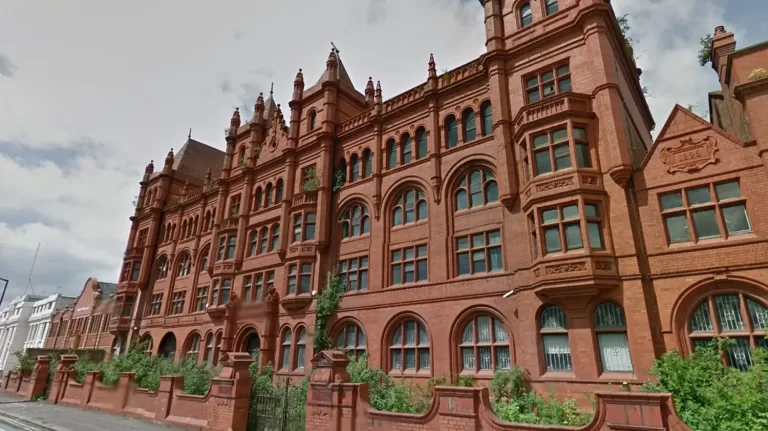
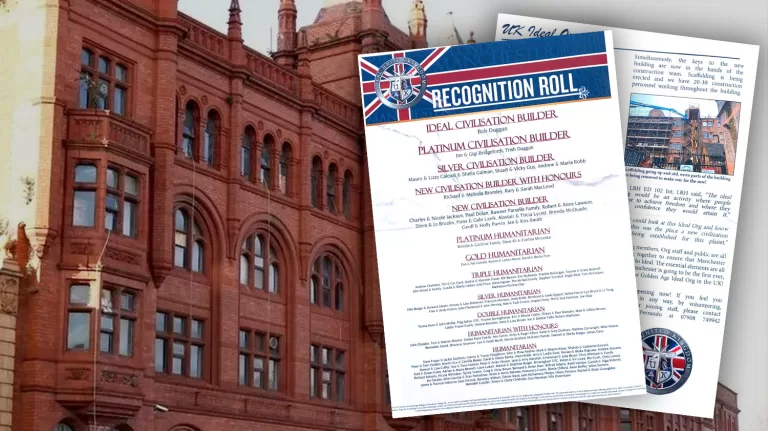
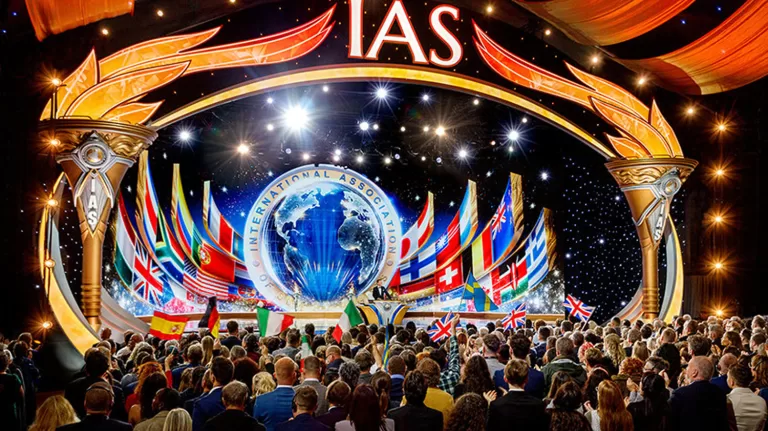
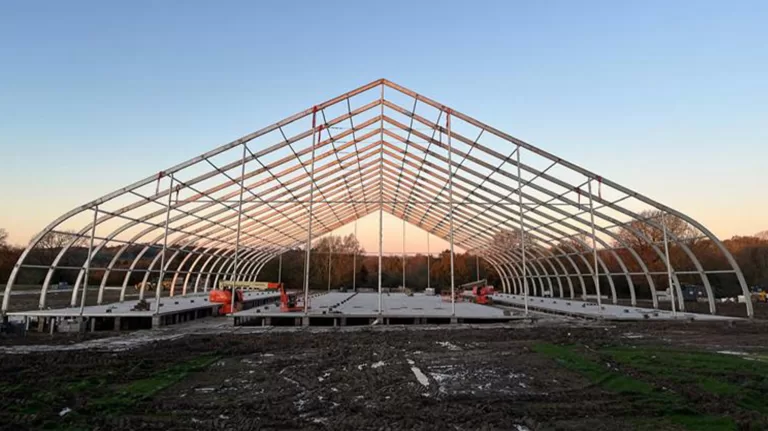

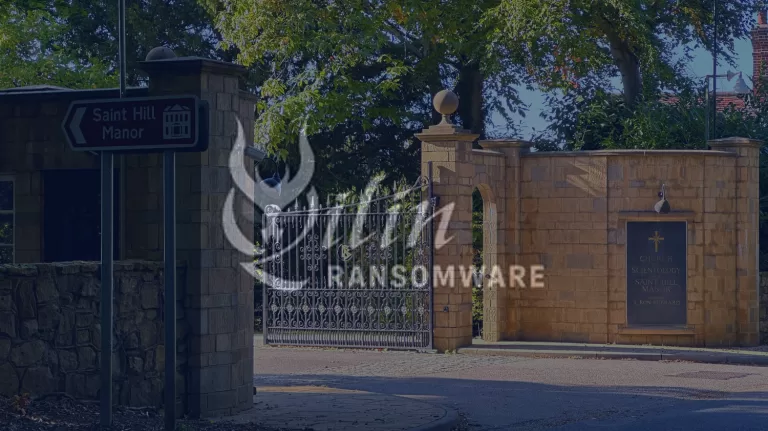
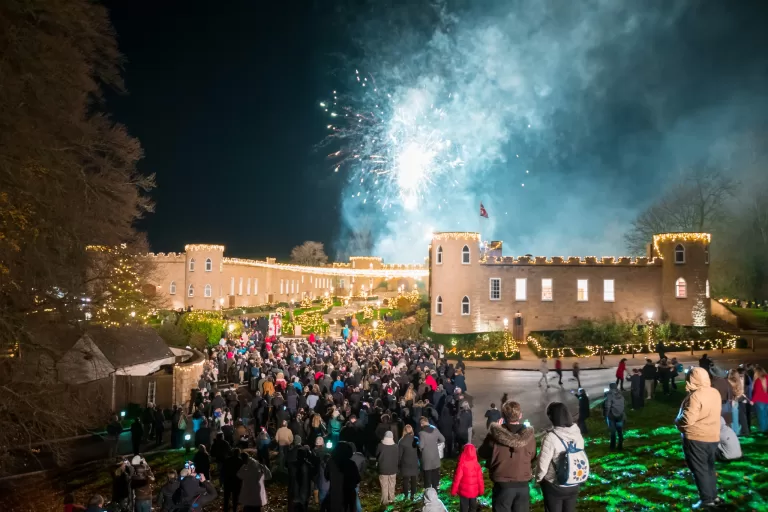
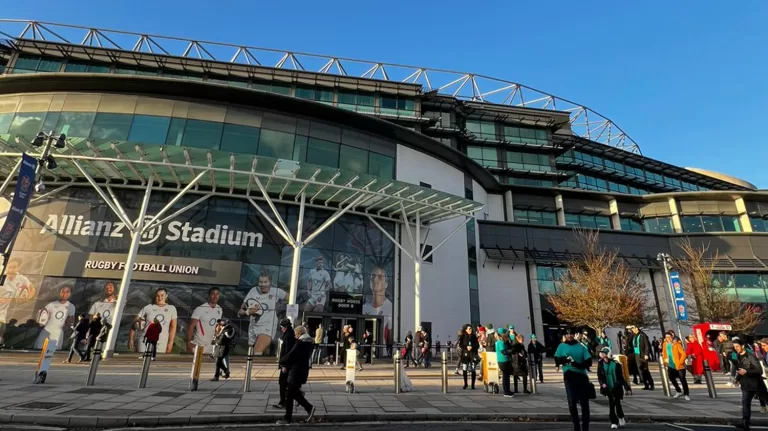
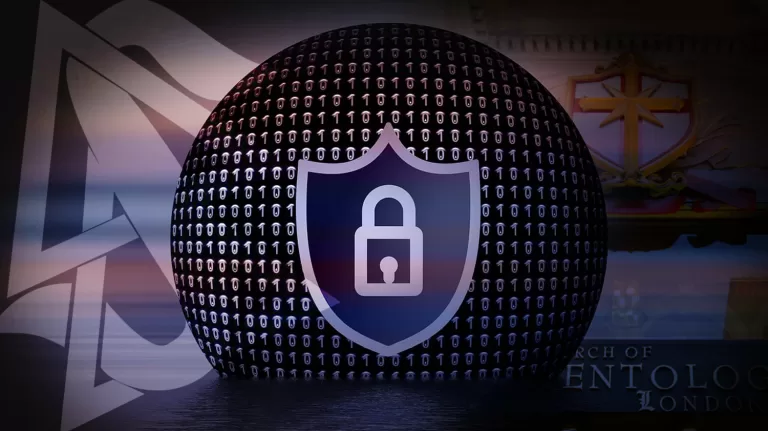
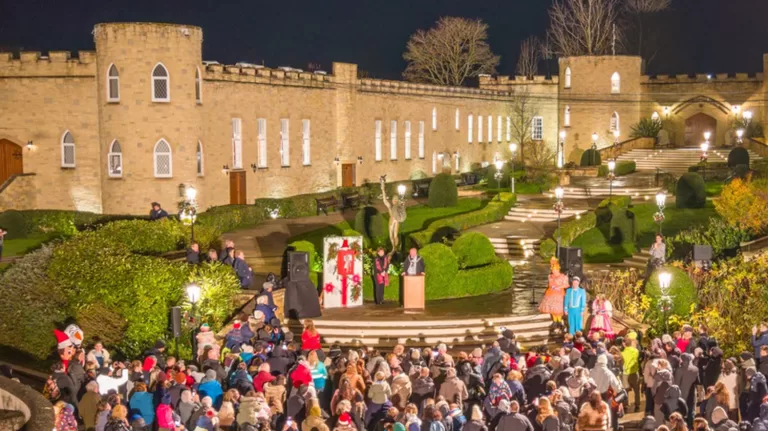
Judith sounds just like adherents in my family – the same turns of phrase and world view. When she goes to the great beyond, will her children or grandchildren want to come back run to the world's quietest ideal morgue?
“There’s a bunch of people who are moving to Clearwater so that we can have basically a small city of Scientologists, basically.”
Beautiful. She actually admitted that there is a plan to move cult members to CW. Will Judith end up in Ethics for this?!